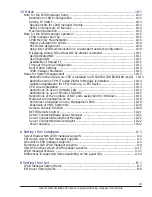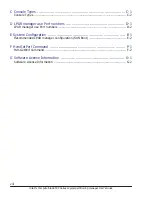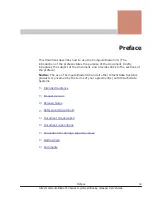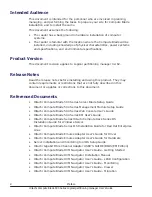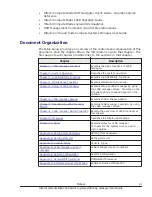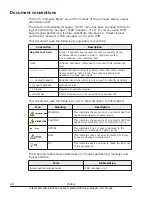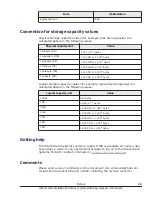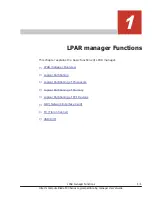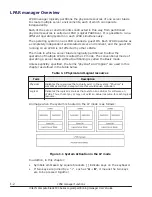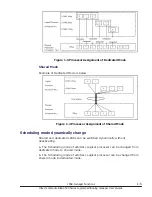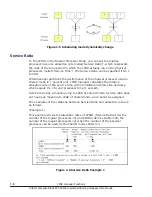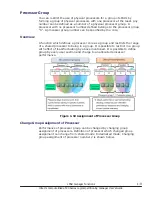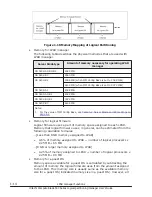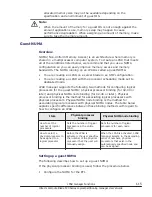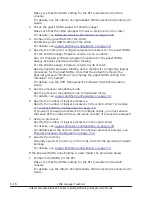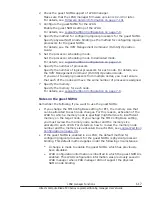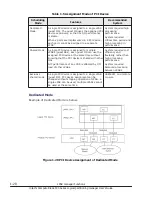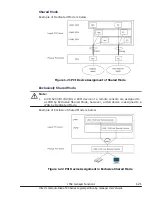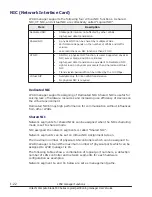
(Example 2)
This example shows the allocation rates of LPAR1 (Service Ratio=100, the
number of the logical processors=2), LPAR2 (Service Ratio=100, the number
of the logical processors=2) and LPAR3 (Service Ratio=100, the number of
the logical processors=3), when the number of the physical processor can be
used by the shared mode LPARs is 3, and LPAR3 is added while LPAR1 and
LPAR2 are running.
Figure 1-7 Service Ratio Example 2
LPAR manager modifies the allocation rate from the shared LPAR definition
when it meets the following condition:
•
If the allocation rate for the calculation per logical processor is less than 1
%, the service rate is compensated so that the time in which a single
logical processor uses the physical processor becomes 1% (10
milliseconds) of the unit processor time (1 second).
•
If the number of logical processors allocated to a single LPAR does not
satisfy the assigned allocation rate, the allocation rate is compensated to
the one that is based on the number of logical processors.
Idle Detection
A shared mode LPAR, which enabling its idle detection and not using so much
CPU compared to the allocated rate, can give its processor time to another
shared mode LPAR requiring it. The busy shared mode LPAR that takes over
the processor time can use more processor-time than the allocation rate. As a
result, the system can use CPUs time more efficiently.
LPAR manager Functions
1-7
Hitachi Compute Blade 500 Series Logical partitioning manager User's Guide

